Fax: 030/ 26 39 079-111 Jetzt CKB Newsletter abonnieren ! |
„Yellow River Tourism Overseas Promotion Season 2023“
Qinghai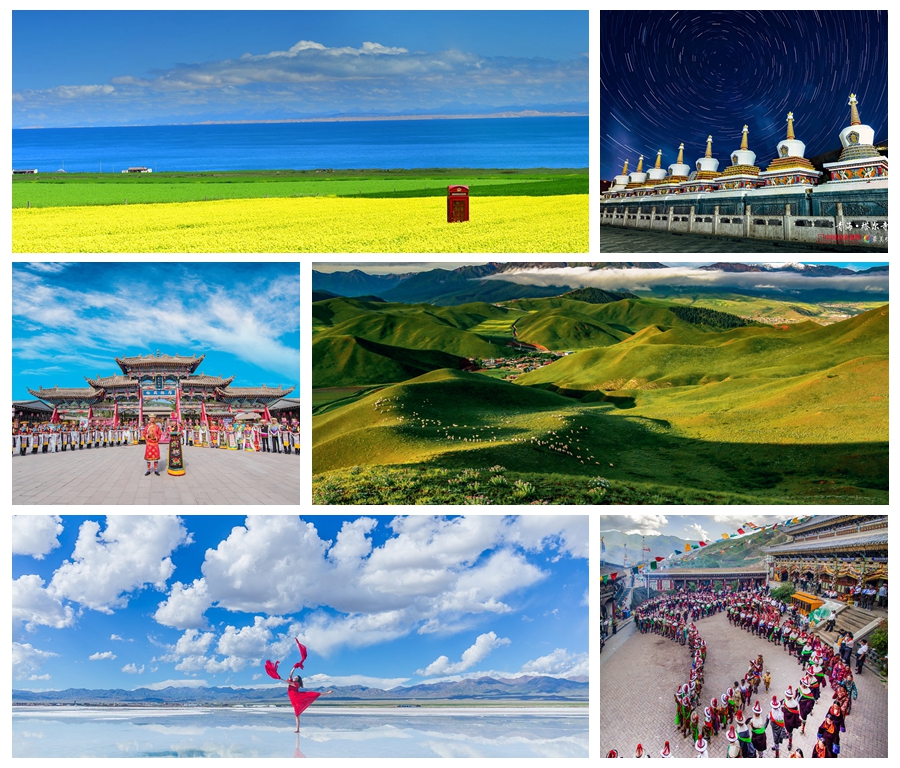 Qinghai is located in the northwest of China and it is praised as “the roof of the world”, which it is named after the Qinghai Lake-- China’s greatest inland salt water lake. Qinghai is the resources of the Yellow River, Yangtze River and Lancangjiang River (the Mekong River). Meanwhile, the world-renowned Qinghai-Tibet Railway, Qinghai-Tibet Road, the south route of Silk Road, Tang-Tibet Ancient Road as well as Marco Polo Line all go through their way over here. Representative landscapes of Qinghai such as Qinghai Lake, Three River Source Region, Qilian Mountain Grassland, Clear Yellow River, the Kunlun Mountains Culture as well as Kumbum Monastery, Liu Wan Colorful Painted Pottery as well as the local ethnic customs of Tibetan, Mongolian and Salar nationality etc. Sichuan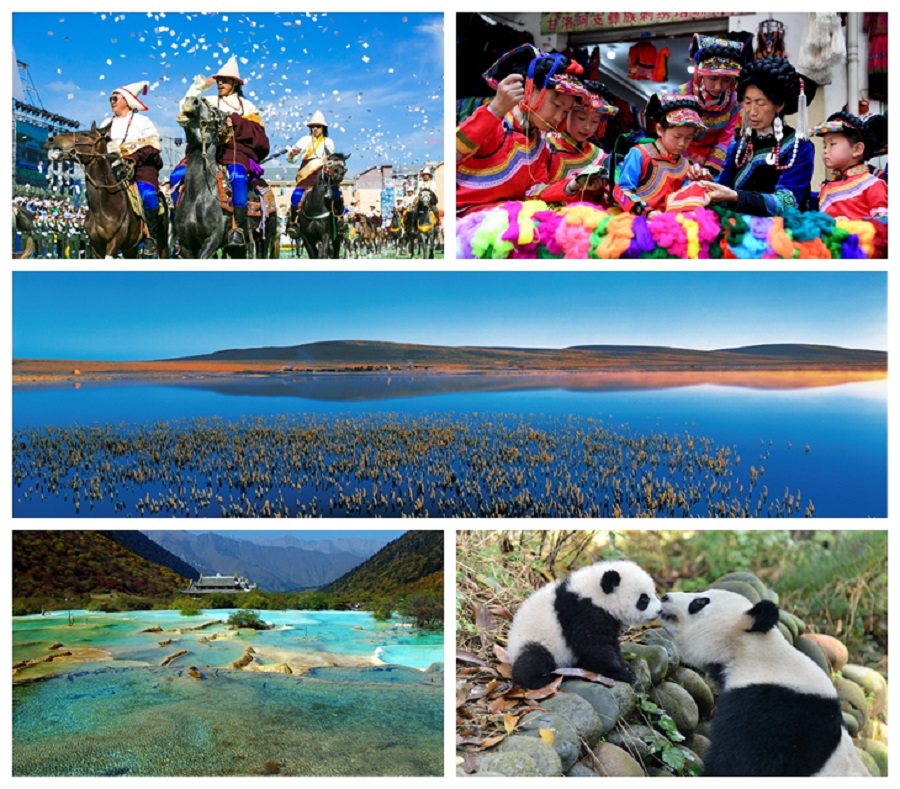 Sichuan, a province located at the upper reaches of Yellow River, plays an important role in its water conservation and supply. It is also an important wetland ecological function area in China and an essential part of China’s “Water Tower.” With a watercourse of 174 kilometer long in the province, the Yellow River meanders through five counties, including Aba County in Aba prefecture, Hongyuan County, Ruoergai County, Songpan County and Shiqu County in Ganzi prefecture, covering an area of 18,700 square kilometers. It has nurtured magnificent natural scenery and splendid ethnic culture of the province. Gansu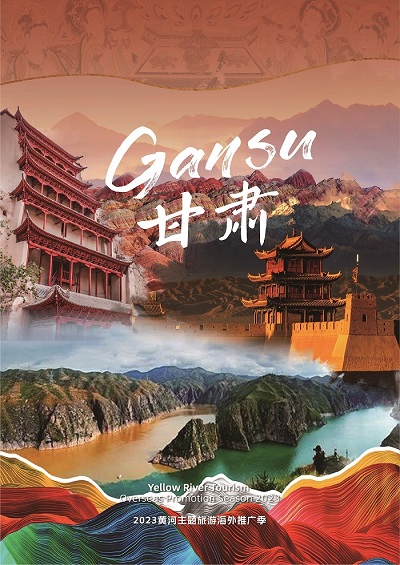 As the administrative center of Gansu, Lanzhou is the only provincial capital in which the Yellow River runs through its downtown area. From east to west, the Yellow River is flanked by mountains. The vitality of the river echoes the solemnity of the mountains, bestowing the city a unique charm. It is not only a city renowned for its beef noodles but also a place embodying the exceptional culture encapsulated by the Chinese idiom “Galloping Horse Treading on a Flying Swallows”. To appreciate its beauty, it is necessary to explore its history. Let’s walk into Lanzhou together to experience the charm of this ancient capital that boasts thousands of years of history! Ningxia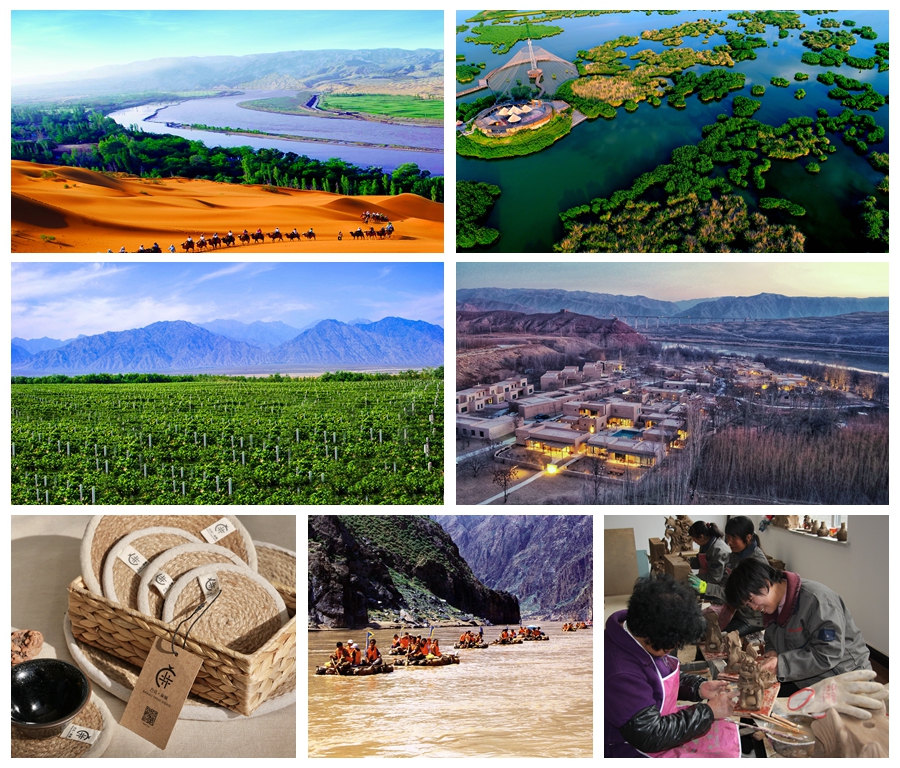 Ningxia features the ancient Yellow River civilization and the majestic desert scenery, the mysterious and charming ancient Western Xia (1038-1227) and the distinctive regional customs, the historical Great Wall and the promising new Ningxia Plain, and the sparkling and romantic starry sky and the unique Ningxia wine. “Incredible Ningxia, an Oasis in the Hinterland” has therefore become popular in the world. Shaanxi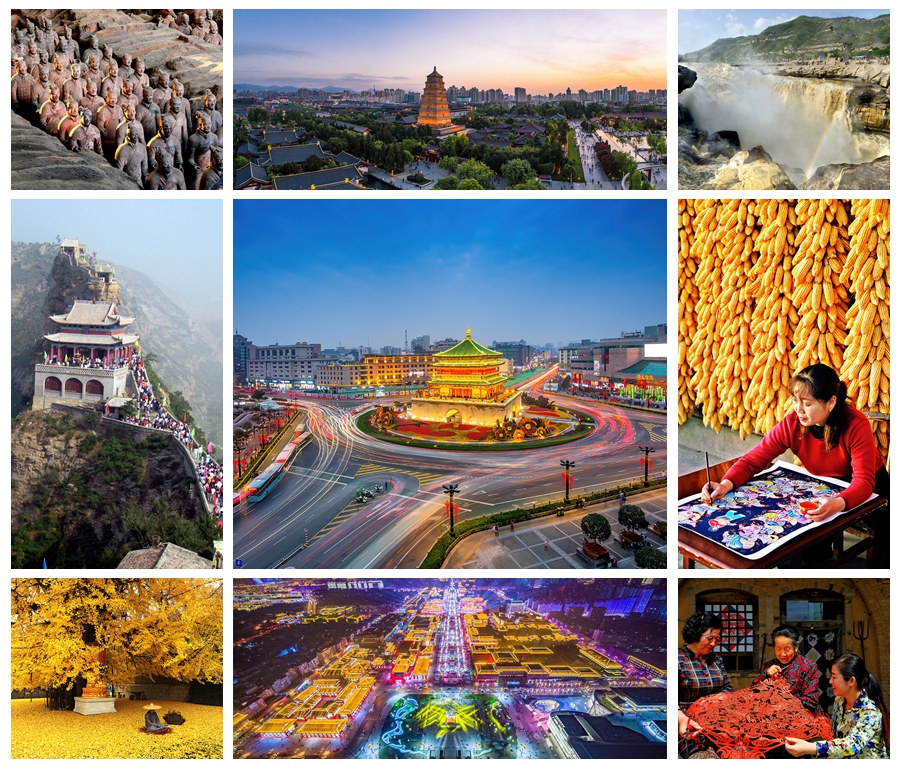 Shaanxi Province places great value on its culture that profoundly endows Shaanxi's image. The Mausoleum of the Yellow Emperor, the Terracotta Army, Yan'an Pagoda, the Qinling Mountains, and other sites are regarded as spiritual and natural markers of Chinese civilization, democratic revolution, and geography. "One would assess Shanghai from the past 100 years of change, evaluate Beijing from the past 1,000 years of development, and appreciate Shaanxi from the past two millennia of history." Shaanxi is the cradle of the Chinese nation, the starting point of the ancient Silk Road, and the home of the Terracotta Army. If you want to understand China, please start with Shaanxi. The beauty of Shaanxi is embodied in the Qinling Mountains stretching across inland China, serving as the natural boundary between northern and southern China. The beauty of Shaanxi is found in the winding Yellow River as it rushes and roars at Hukou Falls. Shaanxi’s beauty lies in its long history and the tinkling camel bells at the starting point of the ancient Silk Road. The beauty of Shaanxi is reflected in its intangible cultural heritage that transcends ancient and modern times and brings together classic and tradition elements. Let’s find the beauty of Shaanxi through photos. Shanxi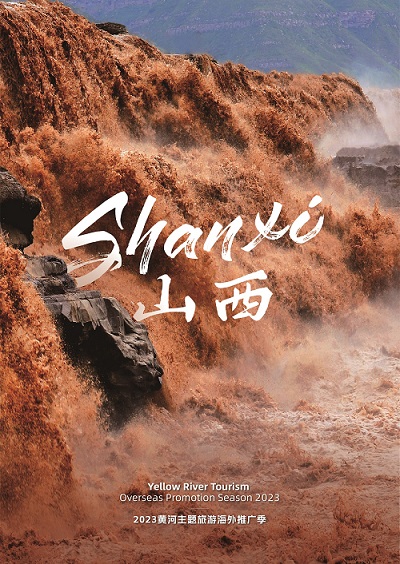 Steeped in history and culture, Shanxi boasts a wide range of dynamic intangible arts and crafts, which bear witness to the enduring and profound Chinese civilization. Icons of Shanxi's diverse intangible heritage items, the Baolongzhai Traditional Cloth Shoe Making Technique and the Pingyao “Changshengyuan” Yellow Rice Wine Brewing Technique are great showcases to the diligent and wise people of Shanxi and their passion for life. “Artisans of the World” Shanxi Intangible Cultural Heritage Video Exhibition Baolongzhai Traditional Cloth Shoe Making TechniquePingyao “Changshengyuan” Yellow Rice WineHenan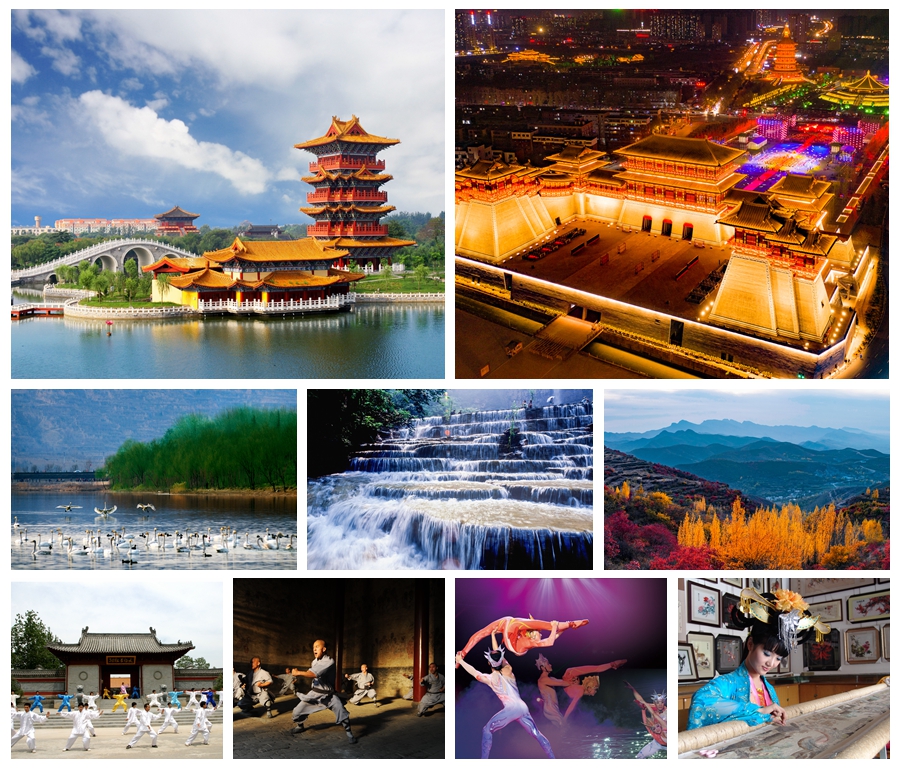 From the Yangshao site to the Erlitou site, from the land of Helu to the relics of Yinshang, Henan, as a province of cultural tourism resources, has given birth to many wonderful stories. The Yellow River culture has been flourishing in this part of Henan. Next, please follow our video footage to walk together in Henan and read China. Shandong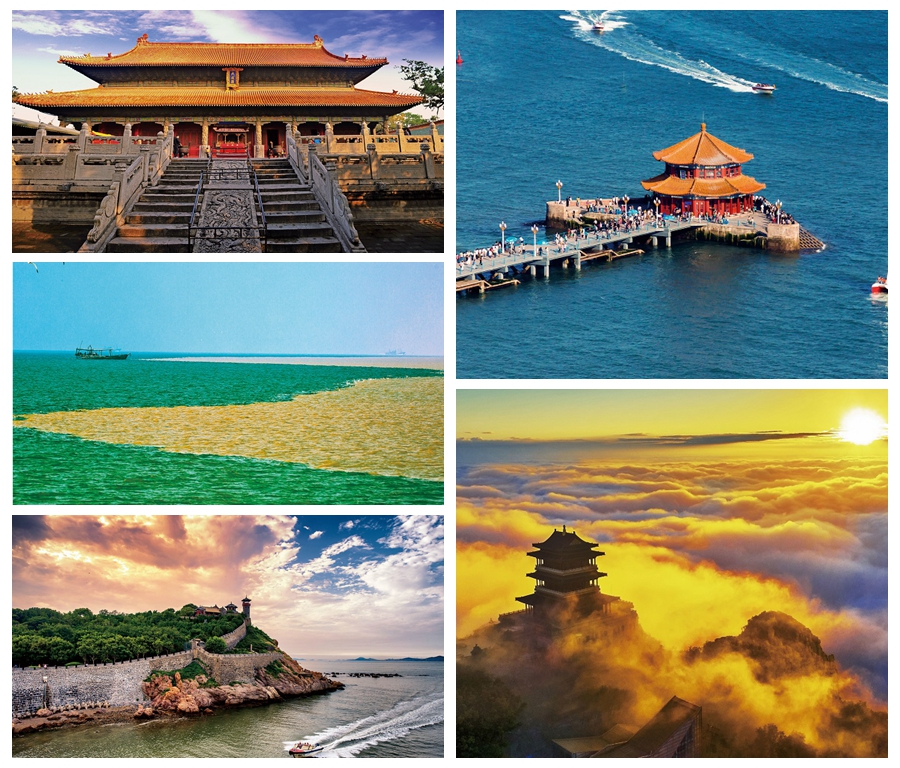 As a line from Chinese classical poem reads, "Good friends feel close to each other even when they are far apart." Through this promo, you will embark on a beautiful journey to get a close look at the landscape, culture and people of Shandong. Welcome to "Friendly Shandong, Remarkable Shandong!"
The documentary By tracing the typical inheritors of folk songs in the upper, middle and lower reaches of the Yellow River, the documentary visually presents folk song schools and expression styles across the nine provinces and autonomous regions along the Yellow River. Based on the relationship between people and space, the documentary attempts to explore the value of existence, survival dilemma, significance of inheritance and thinking on development of folk songs carrying the spirit of the Yellow River culture in the rich and diverse contemporary cultural environment and civilization context. This is to arouse the attention of the younger generation to the Yellow River culture represented by folk songs and even the excellent traditional culture of China as a whole. Through the twists and turns of the true stories of folk songs on both sides of the Yellow River, it expresses the spirit of openness and inclusiveness of the Yellow River culture and the commitment to the welfare of the world. It deals with the integration of the development of the Yellow River culture represented by folk songs into the overall process of China's regional development today, examines the role of human nature in the social mission, and transforms the sense of ownership into the responsibilities for family and country. In the documentary, the creative transformation and innovative development of excellent traditional culture echo the development of the core values of socialism with Chinese characteristics, showing the glorious image of the sons and daughters growing up at the banks of the Yellow River and celebrating the great achievements in present-day China. |
||||||









